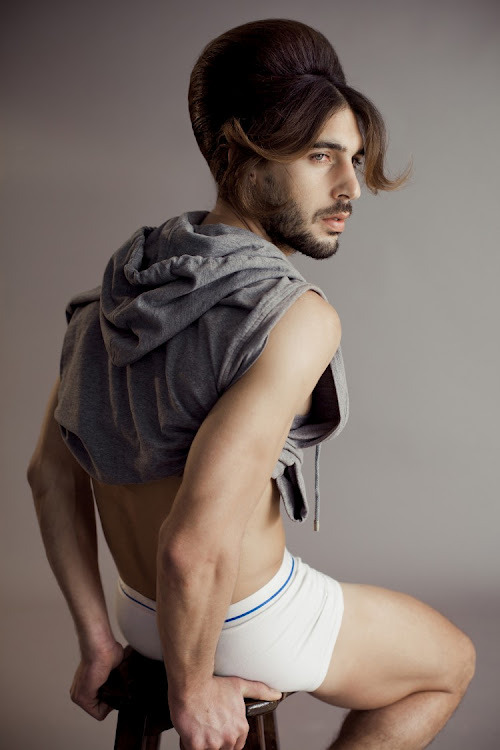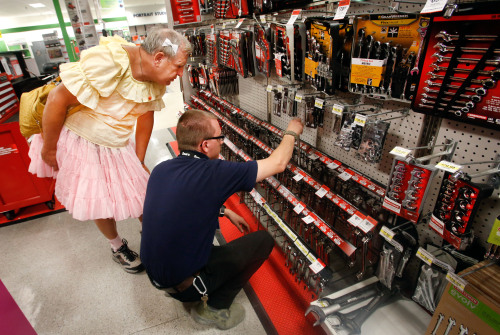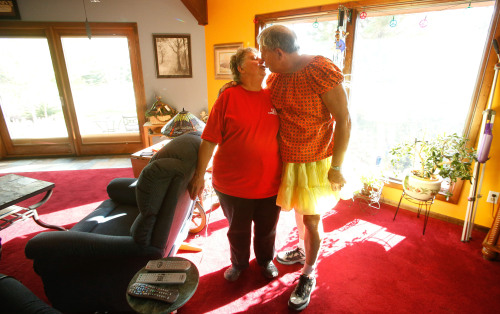#gender performance
For the last two weeks, we talked about RPF and more than one of you mentioned K-Pop in response. This week, I tried to look at one question in particular: are there similar strategies to queerbaiting in the marketing of K-Pop?
So this week, I looked for papers that answer or at least touch on that question. I’ve found…nothing. At least, nothing that explicitly asks this question. Now, if any of you has recommendations, I will read and summarize them but for now, I looked for another solution. I looked at literature asking related questions and based on the answers, I started to ask my own questions.
I could not answer if fans perceived the relationship between their idols as queer but there is research on whether fans perceive their idol’s gender presentation as non-normative.
Ayuningtyas (2017) and Song; Velding (2020) both find one of the main sources of this perceived gender presentation in the idols’ styling, makeup, stage and music video performances. That was interesting to me because my theory was that for fans, the place of queerness (or at least the investigation to uncover it) was the backstage, the interviews, social media. Places that they would associate less with the idols’ professional performances. In that aspect, I did not find a relationship between perceived masculinity or femininity and perceived queerness. This notion of mine was further discouraged by another paper.
Moreover, the effeminate appearance of ‘flower boys’ does not mean the stars have feminine personalities or identities that match their appearance. It is not necessarily linked to homosexuality, as it would more often be in the case of the West (Oh 2015).
OH, Chuyun. 2015. ‘Queering spectatorship in K-Pop: The androgynous male dancing body and Western female fandom’. The Journal of Fandom Studies 3(1), 59.-78. https://doi.org/10.1386/jfs.3.1.59_1
HOANG, Ha. 2020. ‘K-Pop Male Androgyny, Mediated Intimacy, And Vietnamese Fandom’ In ‘Mobile Media and Social Intimacies in Asia – Reconfiguring Local Ties and Enacting Global Relationships’ edited by CABAÑES, Jason Vincent A.; UY-TIOCO, Cecilia S. Springer Nature, 192.
So as we can see, for the fans, there is a distinction between not only the gendered appearance and the idols’ personality or offstage behaviour but also between perceived gender and perceived sexuality. But I did not find my initial theory without basis as Hoang (2020) observes:
Photos and clips of androgynous G-Dragon became part of everyday feeds for many fan pages. But this clip stood out among others as it showed G-Dragon as ‘authentic’, catching his genuine reaction to an unexpected situation. Fans often perceived such a reaction as reflective of his real personality, at least more than the persona he often performed in music videos and onstage. Fans would, as such, would express surprise and amusement upon encountering an adorable G-Dragon with a gender-blurring look, as it was strikingly different from the swagger and distance of G-Dragon onstage.
HOANG, Ha. 2020. ‘K-Pop Male Androgyny, Mediated Intimacy, And Vietnamese Fandom’ In ‘Mobile Media and Social Intimacies in Asia – Reconfiguring Local Ties and Enacting Global Relationships’ edited by CABAÑES, Jason Vincent A.; UY-TIOCO, Cecilia S. Springer Nature, 198.
As you can see, all of these papers talked about male idols, their perceived masculinity or transgressive androgyny or femininity. (There were other papers about similar topics regarding female idols.) It was interesting, that one paper (Song, Velding 2020) specifically asked if the American perspective perceived the idols’ gender presentation differently, the other papers had similar findings with different demographics. What I was missing from these studies was the comparison between the perception of K-Pop idols’ gender presentation and other popstars’ gender presentation as the majority of the mentioned indicators (makeup, attire, dance moves etc.) apply similarly to all celebrities in the music industry.
So to answer the question whether queerbaiting strategies are applied in the marketing of K-Pop? I don’t know but I have more questions. Would asking the same questions about perceived gender with a control group of a different music group give us different answers? What about girl bands? What about the perceived gender performance of onstage appearances?
AYUNINGTYAS, Paramita. 2017. ‘Indonesian Fan Girls’ Perception Towards Soft Masculinity as Represented By K-Pop Male Idols’. Lingua Cultura, 11(1). 53-57. doi.org/10.21512/lc.v11i1.1514
HOANG, Ha. 2020. ‘K-Pop Male Androgyny, Mediated Intimacy, And Vietnamese Fandom’ In ‘Mobile Media and Social Intimacies in Asia – Reconfiguring Local Ties and Enacting Global Relationships’ edited by CABAÑES, Jason Vincent A.; UY-TIOCO, Cecilia S. Springer Nature, 187- 203. doi.org/10.1007/978-94-024-1790-6_12
SONG, Kirsten Younghee; VELDING, Victoria. 2020. ‘Transnational Masculinity in the Eyes of Local Beholders? Young Americans’ Perception of K-Pop Masculinities’ Journal of Man Studies. 28(1). 3-21. doi/pdf/10.1177/1060826519838869
What do you think?
“What a Piece of Work is Man”: Reflection on Masculinity and Gender Perceptions (Men With “Lady” Hair)
“For a boy to look like a girl is degrading, because you think that being a girl is degrading, but secretly you’d love to know what it’s like, wouldn’t you?”
Not so secretly, if I had the hair for it I would do shit like this.
Again, leaving this here for thesis development.
It’s like the internet knows what I’m thinking.
Post link
A tough Wyoming cowboy who just happens to like blouses
Sissy Goodwin isn’t gay; he’s been married for 45 years and has two adult children. As a young man, he was a rodeo cowboy who rode bulls bareback, a free spirit who never shied away from a fistfight. The former aircraft mechanic loves to drink beer, play golf, throw steaks on the grill.
What sets him apart, he says, is what he calls gender independence: He just likes to do most things in a dress.
A resilient guy living it out in Wyoming, a state he refers to as “the Mississippi of the West” for its disposition toward him, Goodwin has been beaten, arrested and glared at for years - but he continues his defiant dressing habits to this day.
Read more from reporter John M. Glionna in a Column One feature.
Photos: Mel Melcon / Los Angeles Times
Isn’t it sad that he has to put up with that because of the way he chooses to express his gender.
what a cutiebabe!
Just going to leave this here as I need this for my thesis.
Post link








